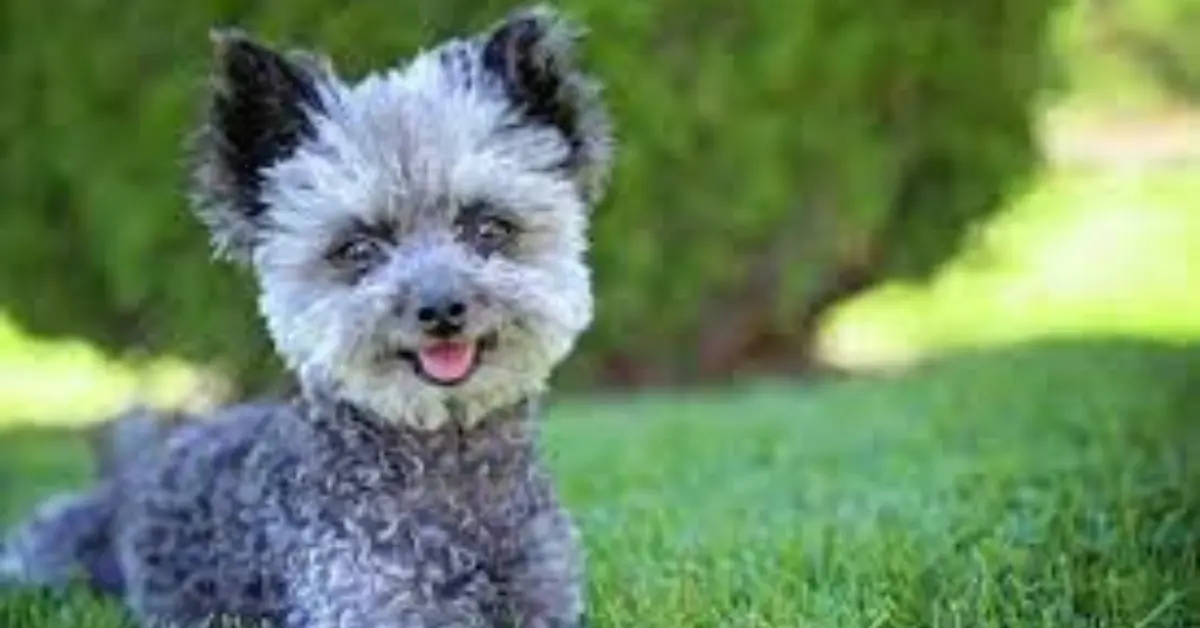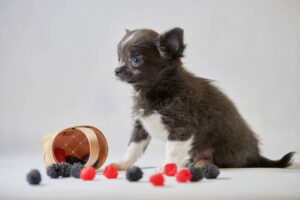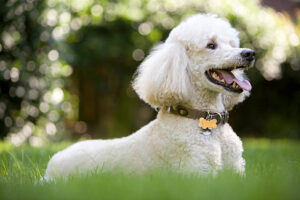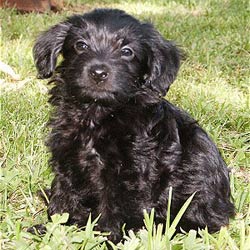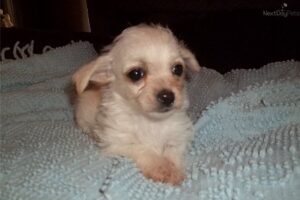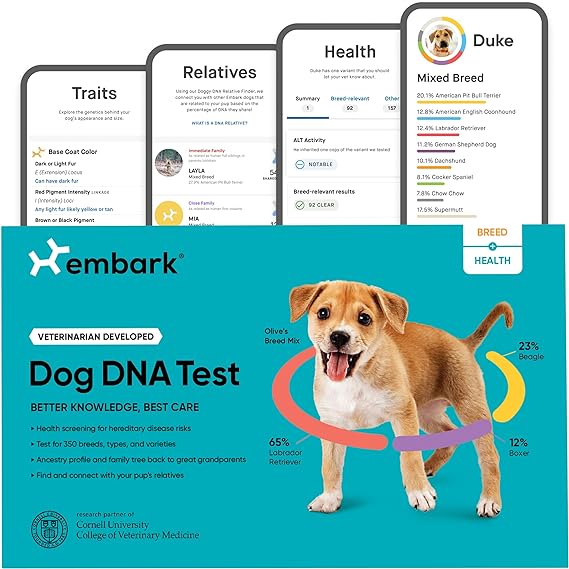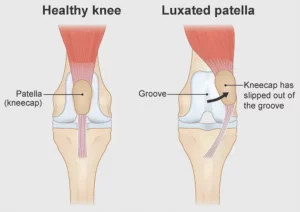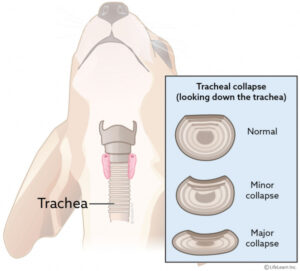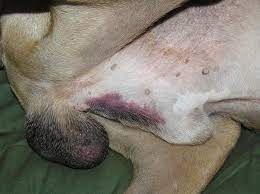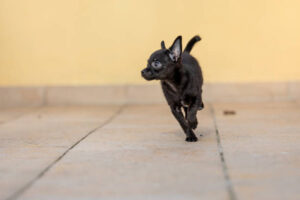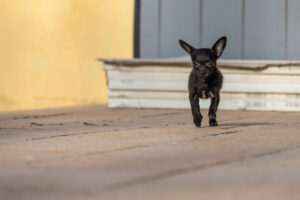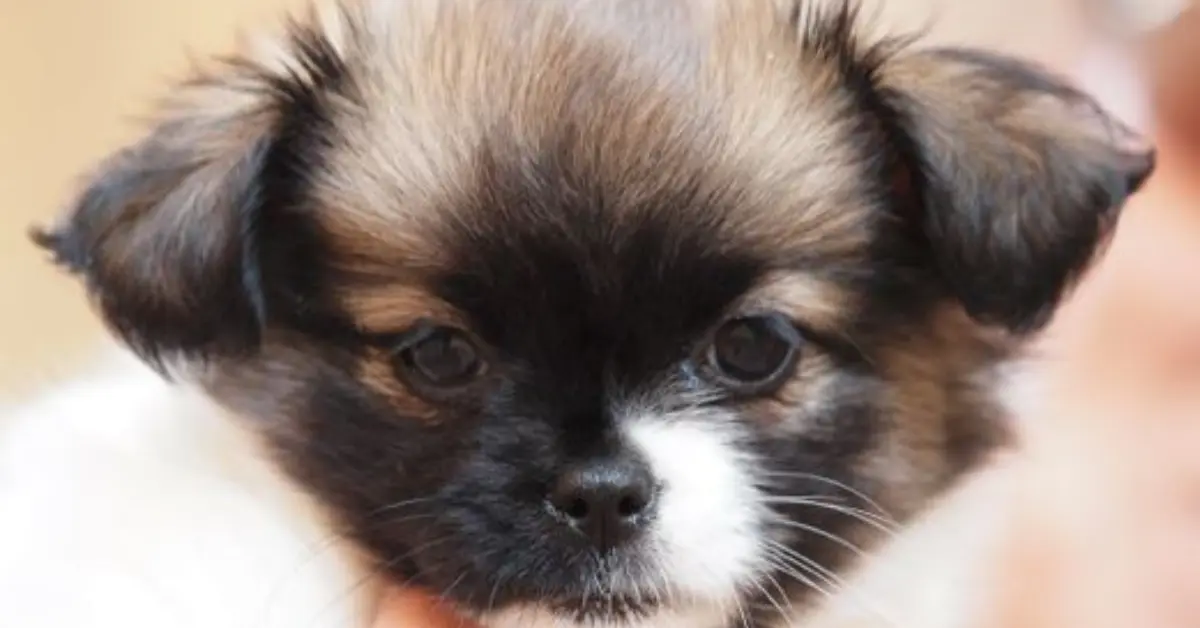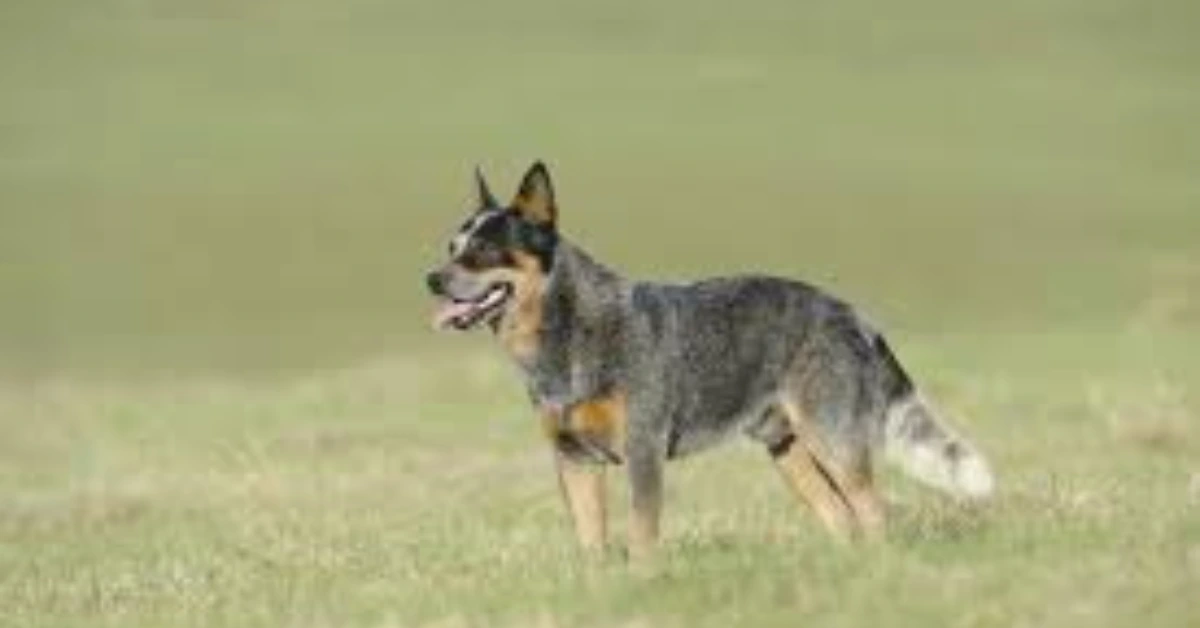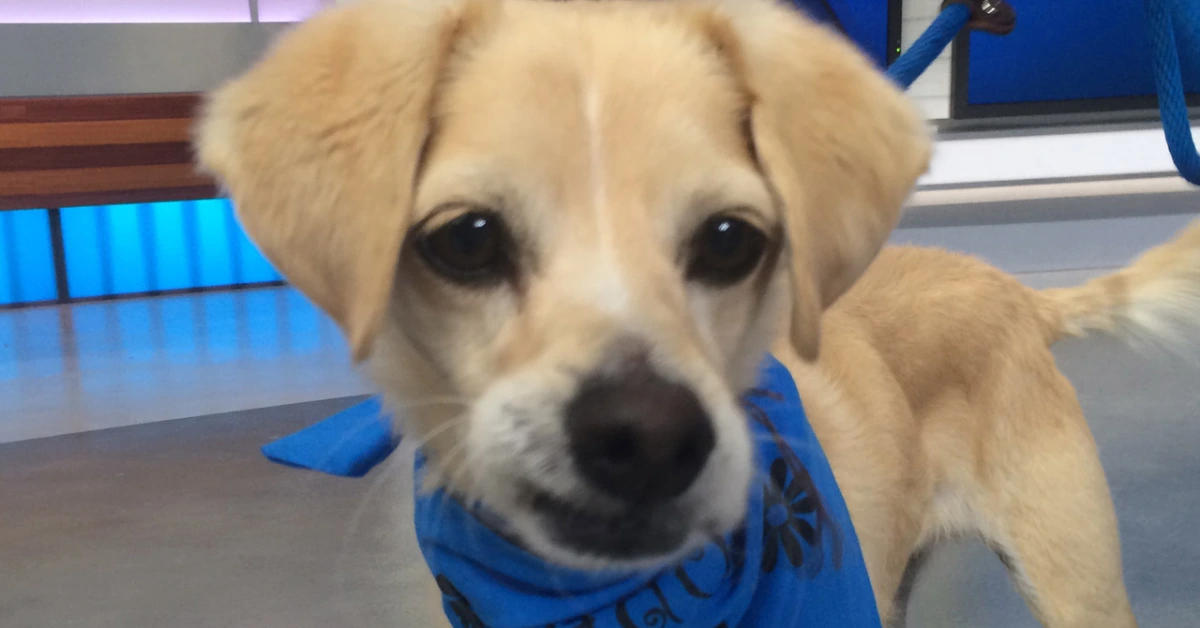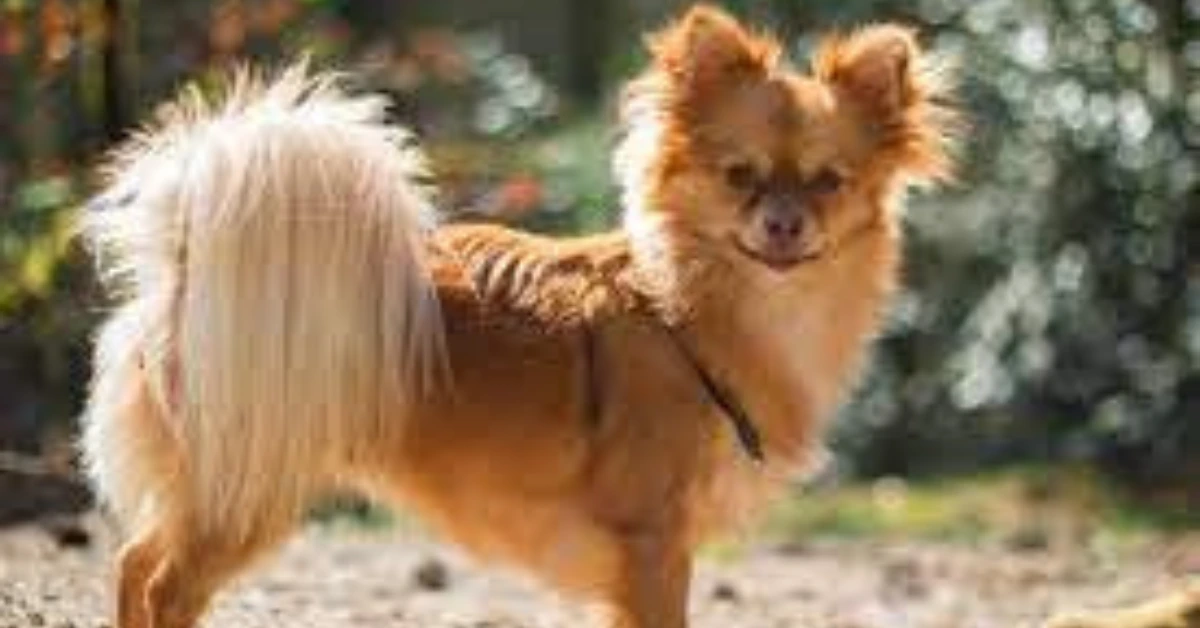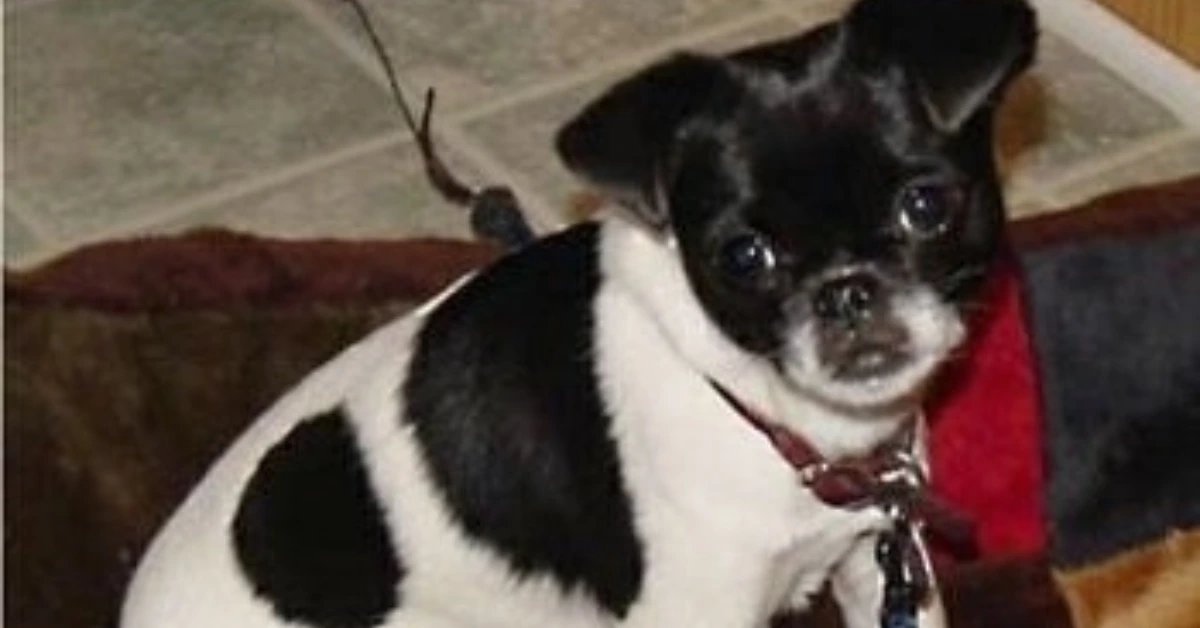Do you adore tiny dogs but wish your pet had a bit more personality? If so, a Chihuahua Poodle mix could be your ideal canine companion!
This energetic, gregarious, and extroverted breed of dog is a hybrid of the Chihuahua and Poodle. They also only weigh about 10 to 15 pounds, making them ideal for people searching for a low-maintenance pet or who don’t have a lot of space.
Read on to find out more about these cute little canines before you click away from this website and declare that you could never acquire a Chi Poo Dog!
Advertisement
Chi-poo History
The Chihuahua
The Mexican state of Chihuahua inspired the name of this little dog breed: the Chihuahua.
Paintings and ceramics from circa 100 AD include the earliest known references to the Chihuahua.
It is believed that Spanish traders brought the species to Mexico after it originated in China.
The world’s tiniest canine breed, the Chihuahua, is distinguished by its huge eyes and long ears. A Chihuahua’s lifespan averages fifteen years.
The Poodle
Popular Poodle breed dogs are renowned for their devotion and intelligence. Poodles vary widely in size, but they always have the same general traits, such as curly hair and an extremely trainable disposition.
It is thought that poodles came from Germany, where they were first developed as hunting dogs.
The German term “Pudel,” which means “to splash in water,” is assumed to be the source of the English word “poodle.” This perhaps alludes to the Poodle’s love of swimming, which they still enjoy doing today.
Due to their loving attitude and laid-back temperament, poodles—who were originally bred as hunting dogs—quickly gained popularity as pets.
The Chi-Poo
Although the Chi-Poo is a fairly new dog breed, there isn’t a lot of knowledge about its history. We do know, though, that they were first bred in the US in the 1990s.
Since the American Kennel Club (AKC) only accepts purebred dogs, the Chi-Poo cannot be recognized by the group. This may seem like a small difference, but it means the Chihuahua Poodle Mix can’t compete in events sanctioned by the American Kennel Club.
The Chi-poo might not be the greatest option for people who want to get a dog that can compete in agility or obedience events.
Chihuahua Poodle Mix Appearance
Mixes of poodles and chihuahuas usually have medium-sized body with big ears and a long, thin nose.
They are available in black, brown, white, and cream, among other colors.
Their fur is usually thick or wavy, so it may need to be brushed often.
Their height can be anywhere from 6 to 9 inches, and their weight can be anywhere from 4 to 8 pounds.
It depends on which parent type the Poodle Chihuahua mix is most like. This means that their exact height and weight can change.
Chihuahua Poodle Mix Temperament
Chihuahuas and Poodles have very different personalities, so a Chihuahua Poodle Mix’s personality can change based on the traits he gets from both of his parents.
But both the Chihuahua and the Poodle are smart, loyal, and loving dogs, so it’s possible that these traits will be passed on to the Chihuahua Poodle Mix. Also, he might get the Chihuahua’s high energy level and need to exercise often.
The Chi-Poo is a small dog that is smart and eager to please. It is also said that they are loyal and watch out for their owners.
Most of the time, Chihuahua Poodle Mix dogs get along well with kids and other pets. They may be wary of strangers, though, and may bark too much.
To help stop these habits, they should be socialized from a young age. Chihuahua-Poodle mix dogs like to play and be busy, but when they’re in a safe place, they can be calm and quiet. Most of the time, they are easy to train and make great house pets.
Chihuahua Poodle Mix Health
Consult your dog’s progenitor or a veterinarian if you wish to learn about the health concerns to which your canine companions may be predisposed.
Breeders are aware of any potential health issues that may affect your dog, whether it is a hybrid breed or not, due to the conditions of its parents.
Even if none of the aforementioned alternatives are feasible, a canine DNA test could be utilized. I have personally utilized the Embark dog DNA test on two members of my canine family. I appreciate that this DNA test for canines can detect health issues and identify the breed.
Upon receiving the test results two weeks later, I was delightfully taken aback by the remarkable accuracy of the breed identification results.
In addition, the health detection enabled me to gain a better understanding of the health problems to which my two canines are susceptible and how I can assist in their care.
As Chihuahua mixes, Chi-Poo dogs may inherit some hereditary health issues common to Chihuahuas, including:
Patellar Luxation
Patellar luxation is a dangerous joint ailment that can cause excruciating discomfort in these dogs. When the hip dislocates, this occurs. It can cause excruciating pain and make it difficult to move or stand.
The injured knee usually requires surgery to repair, yet when possible, conservative measures like physical therapy are employed to prevent surgery.
Tracheal Collapse
For Chihuahua Poodle hybrids, tracheal collapse—a condition common in small dogs like Chihuahuas—is also a concern. This occurs when the airway closes due to weakening of the cartilage surrounding the trachea. The majority of the time, medication is sufficient to treat tracheal collapse; but, in more serious cases, surgery can be required.
Von Willebrand disease
Blood clotting is impeded by Von Willebrand Disease (vWD), a genetic bleeding condition. It is the most prevalent genetic bleeding disorder in dogs and is particularly common in some breeds, such as Doberman Pinschers.
Epilepsy
Epilepsy is the most prevalent chronic (long-term) neurological ailment in dogs. It is characterized by frequent seizures, sometimes referred to as “fits” or “funny turns.” In the UK alone, it is thought to impact 0.6-0.7% of all dogs or roughly 1 in 130 dogs.
Because of the small size of their jaws, Chi-poos are also more likely to have dental issues.
Hypoglycemia is another danger factor for them, just like for any little breed. They may also inherit health issues including heart disease and vision issues, which are prevalent to both Poodles and Chihuahuas, due to their mixed ancestry.
Poodle Chihuahua Mixes often live 12 to 15 years on average.
Chihuahua Poodle Mix Care
You need to think about feeding, exercising, shedding level, training, and grooming a Chihuahua Poodle Mix.
Shedding level
The response to this question varies depending on the dog in question.
Some Poodle-Chihuahua mixes shed, but not all of them do. People think that Chi-Poos that don’t shed are more likely to have inherited the gene from Poodles that don’t shed. But even Poodle Chihuahua Mix dogs that don’t shed will need to be groomed regularly to keep their coats from getting matted and twisted.
In general, Poodle Chihuahua Mixes are easy to take care of and are great for families with allergies or reactions to pet dander.
One of the best things about Chi-Poos is that they are often said to be non-toxic. On paper, this means that people who are allergic to dogs should have fewer allergic responses to them.
But it’s important to remember that there is no such thing as a dog that is truly sensitive.
All dogs make proteins that cause allergies. These proteins can be found in a dog’s skin, saliva, and pee. But some dog types, like Poodles, make less of these proteins than others.
Because of this, Chi-Poo mixes might be a good choice for people with mild allergies. Before you decide to get one of these dogs, you should talk to an allergist to find out if you’ll be allergic to them.
Grooming
Brushing your Chihuahua Poodle Mix’s coat on a regular basis with a soft-bristled brush is the best approach to maintaining its health.
Working your way down the body, begin at the head and be cautious not to touch the delicate parts near the eyes and ears.
In addition to helping to spread the skin’s natural oils, brushing will assist in getting rid of any dirt or debris that has become embedded in the coat.
Moreover, remember to bathe your Chi Poo often with a gentle dog shampoo at home. The coat of a Poodle Chihuahua Mix needs to be maintained dry and clean to avoid irritation and infection.
Diet
There are a few things to consider while feeding your mix of Chihuahua and Poodle. It’s crucial to start with a food that is especially for little breeds.
Small breed dogs need food that is richer in calories and nutrients since they have faster metabolisms and higher energy needs.
You should also stay away from items that include artificial chemicals or fillers. These may be difficult for your Chi Poo to digest and may eventually lead to health issues. Rather, choose a meal that is prepared with premium products and is free of artificial additives.
The amount of dry food required for a 15-pound Chi Poo can range from 1 to 1 3/4 cups per day, but a 5-pound Chi Poo might only need 1/2 to 1 cup.
Training
When training a Poodle Chihuahua Mix, the most crucial thing to keep in mind is that positive reinforcement is essential.
Poodle Chihuahua Mixes react best, like all dogs, to praise and prizes.
Because they are smart and eager to please, Chihuahua Poodle Mixes make great training candidates.
There are a few things to remember when training a Chi Poo, just like with any breed. They are, first of all, usually quite quick to pick up commands and highly dedicated to their owners.
However, their stubborn and independent attitude might come through in training, which emphasizes the importance of patience and constancy.
Exercise
The good news is that when it comes to exercising, Chi Poos requires very little care. For most Chi-Poos, a daily walk or play session will be plenty.
But remember that every dog is unique, and some Poodles and Chihuahua Mixes can need more or less activity than others.
The following advice can help you exercise your Chi Poo:
- Take them for daily runs or walks. Given their high level of energy, Chi-Poos can benefit greatly from a daily stroll or run to help them release some steam.
- Play fetch beside them. They can run around and burn off part of that energy by doing this. In order to prevent breaking their teeth, use a soft ball or toy.
- Visit a dog park with your Chi-Poo. They can socialize with other dogs and exercise at the same time by doing this. Just be careful to watch over them, as Chi-Poos tend to fight with other dogs.
Is Chi-Poo The Right Option For Me?
Doesn’t Get Along With Small Kids
Poodle-Chihuahua mixes are a common choice for anyone seeking a low-maintenance, tiny dog. They are not, however, appropriate for households with little children.
Chi Poos frequently exhibit high levels of anxiety and excitement, which can result in biting and nipping.
Furthermore, because of their small size, they are more susceptible to injury from energetic toddlers.
Families with little children would be better off selecting a different breed of dog due to these reasons.
Chi-Poo And Other Pets
Poodle-Chihuahua mixes that receive the right socialization from an early age can get along nicely with other dogs. It’s crucial to expose kids to a variety of animals at an early age so they can develop mutual respect.
Having said that, some Chi-Poos might feel more at ease with other dogs than with other kinds of animals. They might also develop a territorial attitude and make an effort to dominate the other dogs in the house.
These inclinations can be lessened with the right socialization and instruction.
Good Choice For Apartment Living
An ideal hybrid dog breed for city people is the Poodle Chihuahua cross. Due to their small size, these canines are perfect for those who live in apartments or other limited locations.
Chi-Poo Male vs Female
There are some notable distinctions between Chihuahua Poodle Mix males and females.
First and foremost, males tend to be bigger than females. Additionally, men are typically more possessive and aggressive.
Compared to male Chi-Poos, females tend to be more lively and energetic. They also have a tendency to bond with their human counterparts more readily and to be more affectionate.
Quick Breed Summary Table
| Weight | For Males up to 10-20lb (4.5-9kg). For Females up to 3-20lb (1.4-9kg)
Males average 9-15” (23-38cm), Females average 5-13” (12.7-33cm) |
| Height | seven to twelve inches at the shoulder |
| Size | small |
| Coat Type | short to medium coat |
| colors | cream, brown, blue, brindle, silver, grey, fawn, white, and black |
| Amount of Shedding | Yes |
| Nose | black or brown |
| Ears | Almond-shaped, Black or Brown |
| Temperament | Fawn, Tan, Golden, White, Black, Blue, Red, Silver or Brown; solid color, Apricot |
| Life Expectancy | 12-15 years expectancy |
| Hypoallergenic | No |
| Intelligence | yes they are smart |
| Kid-Friendly | yes |
| New Owner Friendly | Yes |
| Activity level | very active |
| Breed Recognition | None |
Here is a video of a bunch of cute Chi-Poo puppies
YOU MAY ALSO LIKE:
Chihuahua Corgi Mix: Chigi A Complete Guide
Italian Greyhuahua-A complete guide
Advertisement

